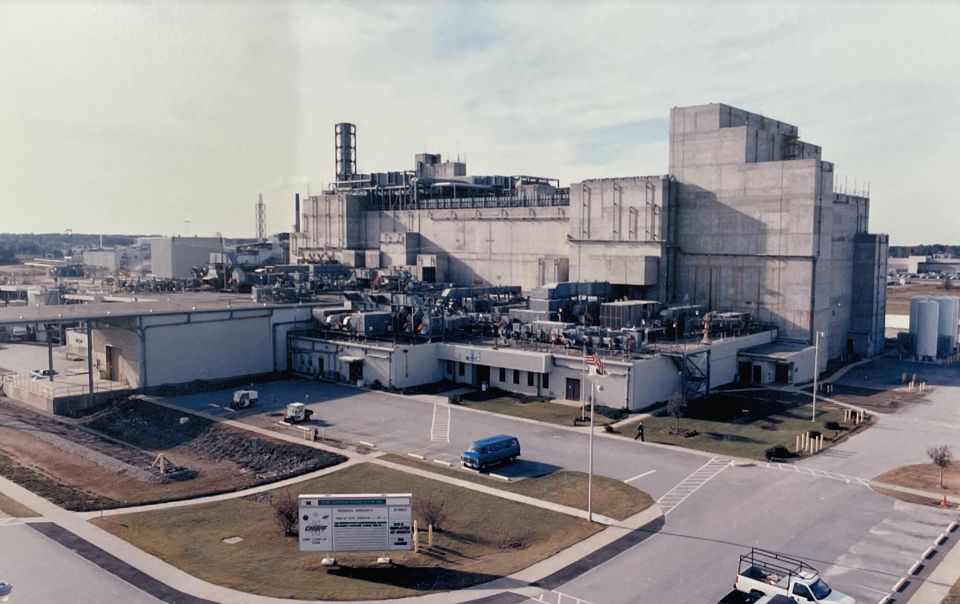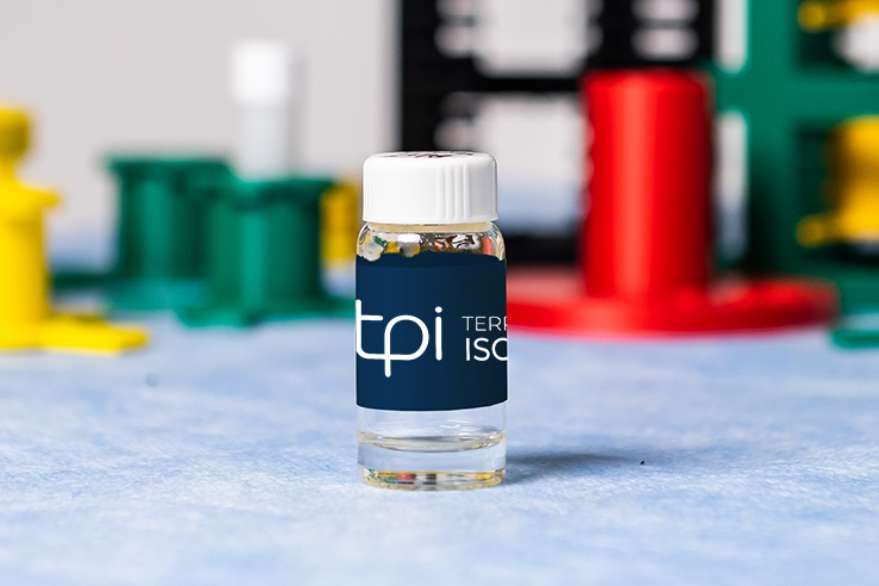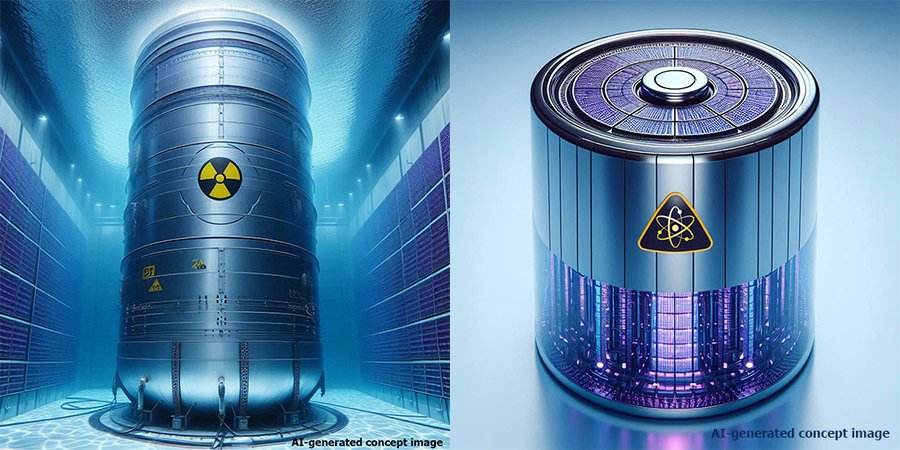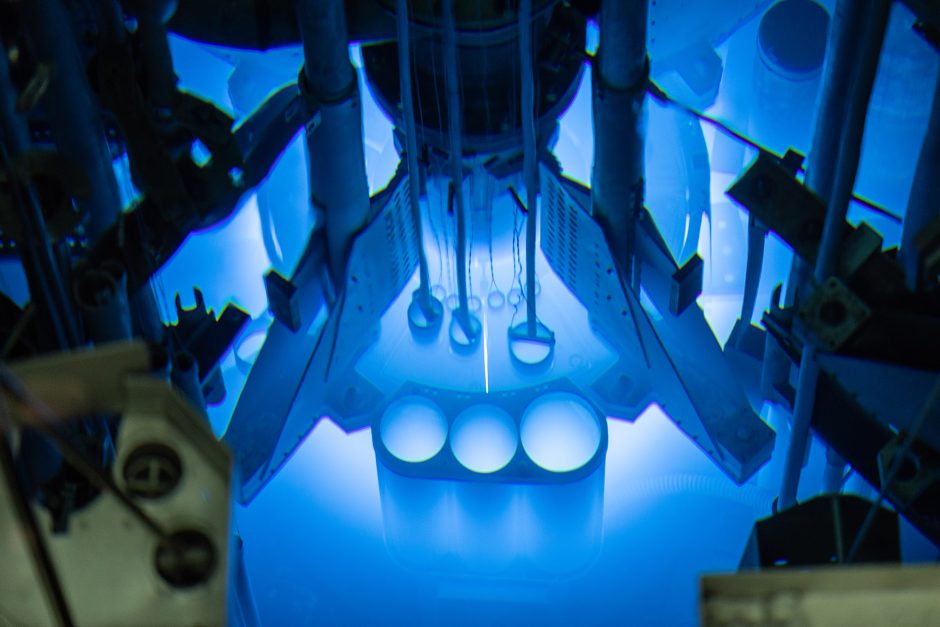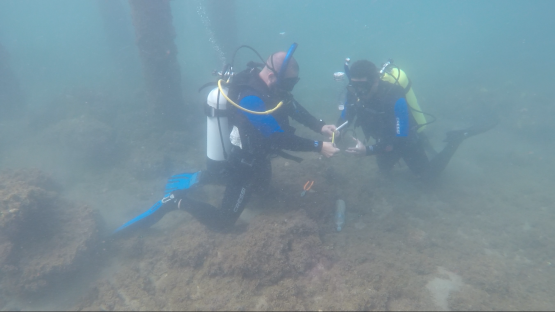Decay on Demand: DARPA’s bid to disrupt isotope production

The Defense Advanced Research Projects Agency (DARPA) Defense Sciences Office (DSO) wants to mimic and accelerate the natural half-life decay chain of alpha-emitting radioisotopes and plans to invite proposals for experimental or theoretical research tracks under Decay on Demand—a new DARPA disruptioneering opportunity. The solicitation was published in draft form on June 27.
Impetus: Many of the most useful novel daughter product radioisotopes with potential applications in medicine, industry, and power are “locked in a decay chain of long-lived parent actinide radioisotopes,” as DARPA puts it.
These radioisotopes could have “greater utility than those in current use, but the long decay half-lives make it impractical to naturally create sufficient quantities of these novel daughter radioisotopes. For example, thorium radioisotopes have 10 to 100 times more power density than plutonium for radioisotope power systems (RPS) and uranium for nuclear power. However, the decay half-life of thorium-232 to produce its daughter product thorium-228 for RPS applications is 14 billion years. An isotope of actinium, one of the rarest radioisotopes in the world, has enormous potential for targeted destruction of cancer cells without harming surrounding, healthy cells. Actinium-225 is a product of uranium-233 decay, which has a half-life of 159,000 years.”
While radioisotopes are commonly produced today using nuclear reactors, cyclotrons, and particle accelerators, “these methods are inefficient and cannot produce reasonable yield of alpha-emitting radioisotopes of interest in a timely manner,” according to DARPA’s solicitation. “For instance, the equivalent yield of one grain of sand of actinium-225 is produced globally per year.”
DARPA wants a precise means to increase energy absorption in a radioisotope to induce emission of an alpha particle and convert “a significant fraction” of parent radioisotope feedstock into its daughter products. DARPA is only interested in methods that induce alpha-particle emission from the parent radioisotope. In fact, “Fission-based methods and methods that result in emission of multiples of neutrons are out of scope.”
Experiments show potential: DARPA wants to build on recent experiments using commercially available lasers that have shown the potential to decay uranium and thorium into their daughters by circumventing natural and traditional nuclear reactor–based methods.
Those experiments have shown it possible to “break the strong force binding energy of neutrons and protons trapped in the nuclear potential well and/or increase the transparency of the potential energy barrier with electronic methods that reduce the Coulomb barrier. These approaches increase the probability of alpha particle emission of the nucleus on timescales shorter than the natural radioactive half-life. It may now be possible to produce and accumulate historically rare daughter-product radioisotopes from the decay chain of actinide parents.”
Details: Decay on Demand includes two concurrent tracks—Track 1 (Experimentation) and Track 2 (Theory)—each conducted in two phases over two years. Track 1 will conduct experiments to generate data with emissions spectroscopy as a function of radioisotope species, while Track 2 will analyze the results of Track 1 to understand the physics behind increasing yield through methods such as photon-induced alpha emission and electroweak methods. Proposers can apply to one track or to both tracks (in separate proposals).
While the total Track 1 award value for phases 1 (feasibility study) and 2 (proof of concept) is $2 million, the Track 2 total award value is limited to $1 million for phases 1 (exploratory theoretical analyses) and 2 (establishment of theory). All participants must make their data and analytic products (such as simulations and calculations) available to all other performers. Decisions regarding which performers will continue to phase 2 will be based on the results of phase 1.
For more information, contact Tabitha Dodson, program manager for DARPA/DSO, at DecayOnDemand@darpa.mil.



